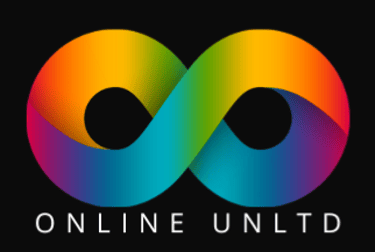The AI Snowball: Why 2025 is the Year It Can No Longer Be Ignored
How AI is transforming business at exponential rates
Steve
6/20/20257 min read

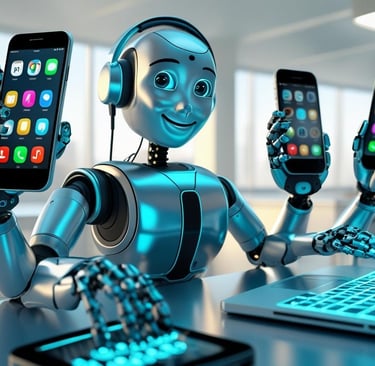
The First Step Can Be Overwhelming. It Doesn't Have to Be.
Seeing this vast potential is one thing; implementing it is another. Many business owners hesitate, fearing complexity, cost, or simply not knowing where to begin. This is where strategic guidance becomes essential. You wouldn't build a new extension on your shop without a blueprint, and you shouldn't step into AI without a clear strategy. To get started, if you like you can get your own Free AI Toolkit on the link below.
Finding a partner who understands both the technology and the unique needs of a small business is key. For many businesses looking to make this leap, the services offered by a dedicated digital partner like Online Unlimited can bridge that gap perfectly. Their expertise lies in creating tailored AI strategies that focus on tangible results—not just tech for tech's sake. Whether it's implementing a smart AI automation system to free up your team for more valuable work, or deploying an AI-powered marketing campaign that drives real growth, their approach is about making AI work for you.
The AI snowball is rolling, and it’s only getting bigger and faster. In 2025, artificial intelligence is no longer an optional extra for businesses that want to thrive. It is the core engine for efficiency, a catalyst for growth, and the new standard for customer experience. The question is no longer if you should implement AI, but how you can do it effectively. Start small, identify your biggest pain points, and don't be afraid to seek expert guidance. The future is here, and it's ready to help you grow.
2. Automated and Personalised Email Marketing
What it is: Employing AI tools to write email campaigns, segment your audience, and send personalised messages at the optimal time.
Why it's essential: Generic email blasts no longer work. AI can analyse your customer data to identify purchasing patterns. It can then automatically segment customers (e.g., frequent buyers, one-time shoppers, those interested in a specific product category) and send them highly relevant offers and content. Furthermore, generative AI can write the email copy for you, suggesting subject lines and calls-to-action that are proven to increase open rates and conversions.
3. AI-Powered Content and SEO Strategy
What it is: Using AI platforms to research keywords, generate content ideas, write first drafts of blog posts, and optimise your website for search engines.
Why it's essential: Being visible on Google is non-negotiable. AI SEO tools can analyse your competitors and identify valuable keywords your business should be ranking for. From there, it can generate outlines or even full drafts of blog posts targeting these keywords. This dramatically reduces the time and effort required to maintain an active and effective content marketing strategy, driving organic traffic to your site long after you've created the content.
4. Smart Financial and Administrative Management
What it is: Automating the back-office tasks that consume hours of your week, such as invoice processing, expense tracking, and scheduling.
Why it's essential: No one starts a business to spend their days buried in paperwork. AI tools can now read invoices from your email, extract the key data (amount, due date, vendor), and enter it into your accounting software. They can categorise your business expenses from bank statements and manage your calendar by finding mutually available times with clients. This not only saves an enormous amount of time but also reduces costly human errors.
5. Data-Driven Inventory and Supply Chain Management
What it is: For businesses that hold stock, AI can analyse past sales data, seasonality, and market trends to predict future demand with incredible accuracy.
Why it's essential: Holding too much stock ties up cash, while holding too little leads to lost sales. AI forecasting helps you find the sweet spot. It can alert you when it's time to reorder a popular item before it runs out and prevent you from overstocking a slow-moving product. This optimises your cash flow and ensures your customers can always buy the products they want, when they want them
If you feel like you’re hearing about Artificial Intelligence everywhere, you’re not mistaken. What started as a tech-industry buzzword has now exploded into our daily lives. From the Netflix shows recommended to you after a long day at work, to the chatbot that instantly answered your query on a website, to the route your phone mapped to avoid that traffic jam—AI is no longer a futuristic concept. It's here, it's mainstream, and it's getting exponentially more powerful.
For a small business owner this shouldn’t be just a curiosity because it’s a fundamental shift in the business landscape. The tools that were once the exclusive domain of tech giants in Silicon Valley are now affordable, accessible, and ready to help you grow. Understanding this explosive growth isn't about becoming a tech expert; it's about seeing the opportunity before your competitors do.
The Three Waves of the AI Tsunami
The recent explosion in AI didn't happen overnight. It was a snowball rolling downhill, gathering mass and speed until it became the avalanche we see today. Its growth can be viewed across three parallel waves:
AI in Business: The oldest and most established wave. For years, big corporations have used AI for complex tasks like fraud detection and supply chain logistics. But since 2015, this has changed dramatically. The global AI market is now valued in the hundreds of billions, with businesses of all sizes driving that growth. The key takeaway? AI for business is now about operational efficiency and data-driven decision-making for everyone.
AI in Entertainment: This is the wave that made AI 'cool'. Streaming platforms used recommendation algorithms to keep us glued to our screens. Video game developers built smarter, more realistic worlds. Now, generative AI is creating images, music, and video from simple text prompts, completely revolutionising creative industries.
AI for Personal Use: This was the final, and most explosive, wave. It started with assistants like Siri and Alexa on our phones. But the launch of tools like ChatGPT in late 2022 put the power of a super-intelligent assistant directly into the hands of hundreds of millions of people, practically overnight. This normalised AI, making everyone a user and, crucially, a potential customer for AI-driven products and services.
This triple-wave-effect means both your business and your customers are now primed for AI, and the tools you need to serve them are more powerful and affordable than ever.
The 5 Best Use Cases for AI in Your Business Today
Knowing AI can help is one thing; knowing where to start is another.
For most small to medium-sized businesses, the best approach is to target areas that deliver the biggest return in time saved and revenue gained.
Here are the top five, battle-tested AI use cases you can implement right now.
1. Intelligent Customer Service Automation
What it is: Using AI-powered chatbots on your website and social media to provide instant, 24/7 customer support.
Why it's essential: Today’s customers expect immediate answers. A delay of even a few hours can mean a lost sale. An AI chatbot can handle the vast majority of common queries—questions about opening hours, delivery status, product specs, and return policies—without any human intervention. This instantly gratifies your customers and frees up your human team to handle only the most complex and high-value conversations. It’s the most effective way to scale your customer service without scaling your payroll.
AI as a Partner: Enhancing Employee Performance, Not Replacing It
One of the biggest misconceptions about AI in the workplace is the fear of replacement. While it's true that AI will automate certain tasks, its real value for a growing business lies in its ability to augment and enhance human capabilities. Think of AI not as a replacement for your staff, but as a powerful co-pilot for every employee, making them better, faster, and more effective at their jobs. The goal of AI for employee performance is to free humans from repetitive, low-value work so they can focus on what they do best: creative problem-solving, strategic thinking, and building genuine customer relationships.
Here are concrete examples of how AI acts as a performance-enhancing partner:
The On-Demand Mentor for New Hires: Onboarding a new employee can be time-intensive. An AI-powered knowledge base can act as a 24/7 mentor. A new starter can ask natural language questions like, "What's our returns policy for online orders?" or "How do I generate a monthly sales report?" and get instant, accurate answers drawn directly from your company's internal documents. This empowers them to find information independently, speeds up their time-to-productivity, and frees up senior staff from answering the same questions repeatedly.
The Personalised Coach for Upskilling: Every employee has different skill gaps. Instead of one-size-fits-all training days, AI can create personalised learning paths. By analysing performance data (with employee consent), an AI system can identify areas for improvement. For a sales representative, it might suggest a micro-learning module on handling a specific objection it noticed during call analysis. For a marketing assistant, it could recommend a short video tutorial on a new social media analytics tool. This makes training more relevant, engaging, and directly tied to improving day-to-day performance.
The Data Analyst for Your Frontline Staff: A customer service agent on the phone doesn't have time to sift through years of purchase history. AI can do it in a split second. As the call connects, the AI can flash up a summary on the employee's screen: "Jane Smith, loyal customer for 3 years, last purchased a coffee machine, recently browsed our new range of eco-friendly pods." This empowers the agent to have a more personal, informed conversation, turning a simple query into a relationship-building opportunity.
The Creative Assistant for Your Marketing Team: Staring at a blank page is a creativity killer. A marketer can use a generative AI tool as a brainstorming partner. They can input a simple prompt like, "Give me ten blog post ideas about sustainable home coffee brewing for a UK audience." The AI provides a starting point, which the human marketer then refines with their industry knowledge, brand voice, and strategic insight. The AI handles the initial heavy lifting, while the human provides the crucial creative direction and final polish.
In each of these cases, the employee is still in control. The AI isn't making the final decision or managing the customer relationship. It's providing data, automating research, and clearing away administrative fog, allowing the employee to operate at a higher, more strategic level.
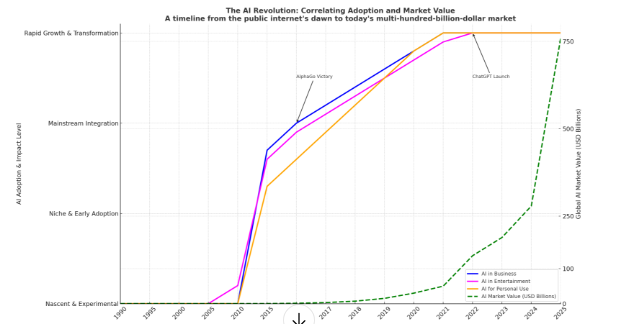

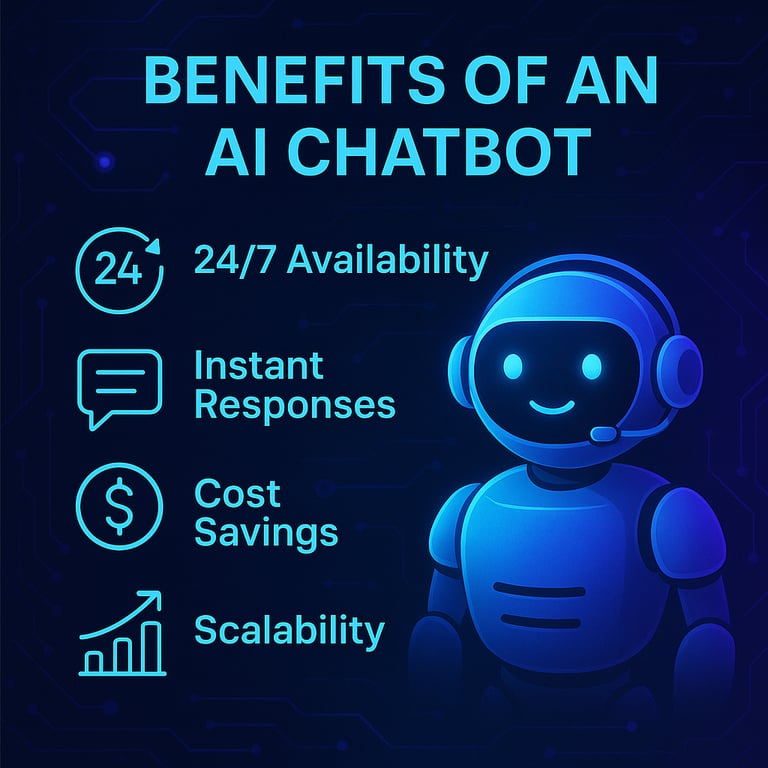

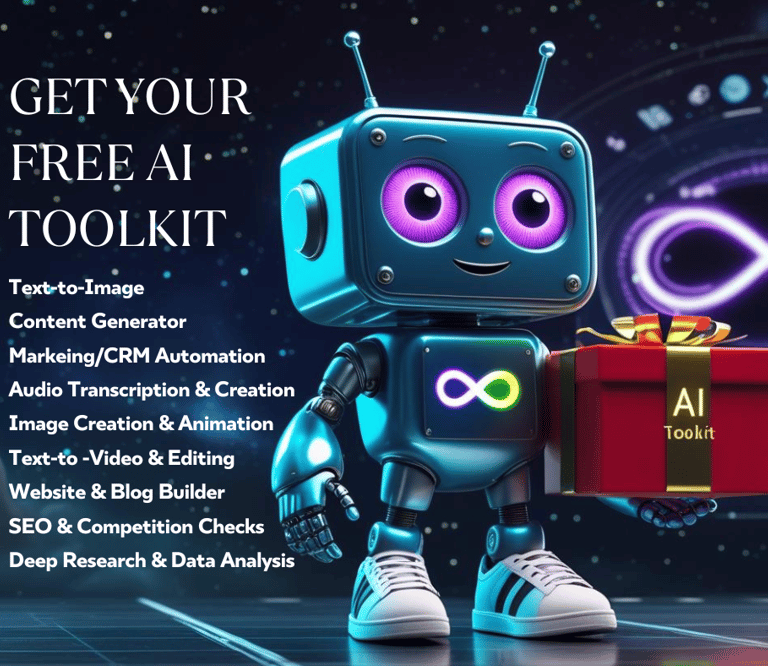

Contact
e: info@onlineun.ltd
Socials
Subscribe to our newsletter
t:+447481019843
